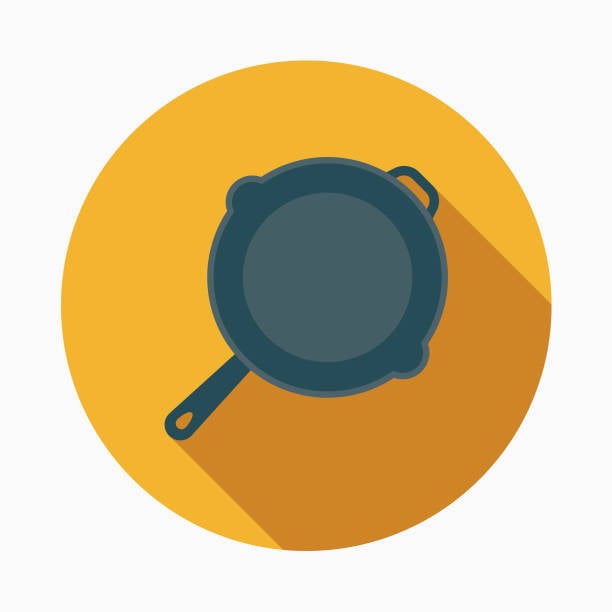cross-posted from: https://lemmy.today/post/9250689
How do I test cast iron cookware for lead
So I found a griddle that was in pretty bad shape seasoning wise so I stripped it and noticed a small shiny area which worried me about lead. I ordered some lead tests that stated they were for metal (no specifics) and after doing the tests it came back positive. But this got me wondering if iron reacts with sodium rhodizonate, the main ingredient in these lead tests, to give false positives and load and behold it does. I confirmed this with another cast iron cookware that I know 100% never touched lead. So my question is how the hell do I test this? Everyone keeps recommending the same sodium rhodizonate lead test swabs just with different brand names.
Tldr: After stripping a griddle and finding a shiny spot, I tested it for lead and it came back positive, leading to concerns about the reaction between iron and sodium rhodizonate. The question is how to accurately test for lead contamination in the griddle without potential false positives from the test method recommended by others?
Edit: wanted to add some more info. I did experiment with the test themselves to see how reliable they were and they passed it so I don’t suspect its the test themselves but the chemical reaction between iron and the sodium rhodizonate


The melting point of lead is 327.46 degrees celsius. The melting point of iron is 1538 degrees celsius. A butane cooking torch will have a lot of variables but is listed as being in the 1300-1400 degrees celsius range. It isn’t going to harm the iron unless you REALLY go to town with it.
Also: Would you rather eat lead off a pretty looking pan?
Yeah I just thought about that this seems really promising. Appreciate the ideas.